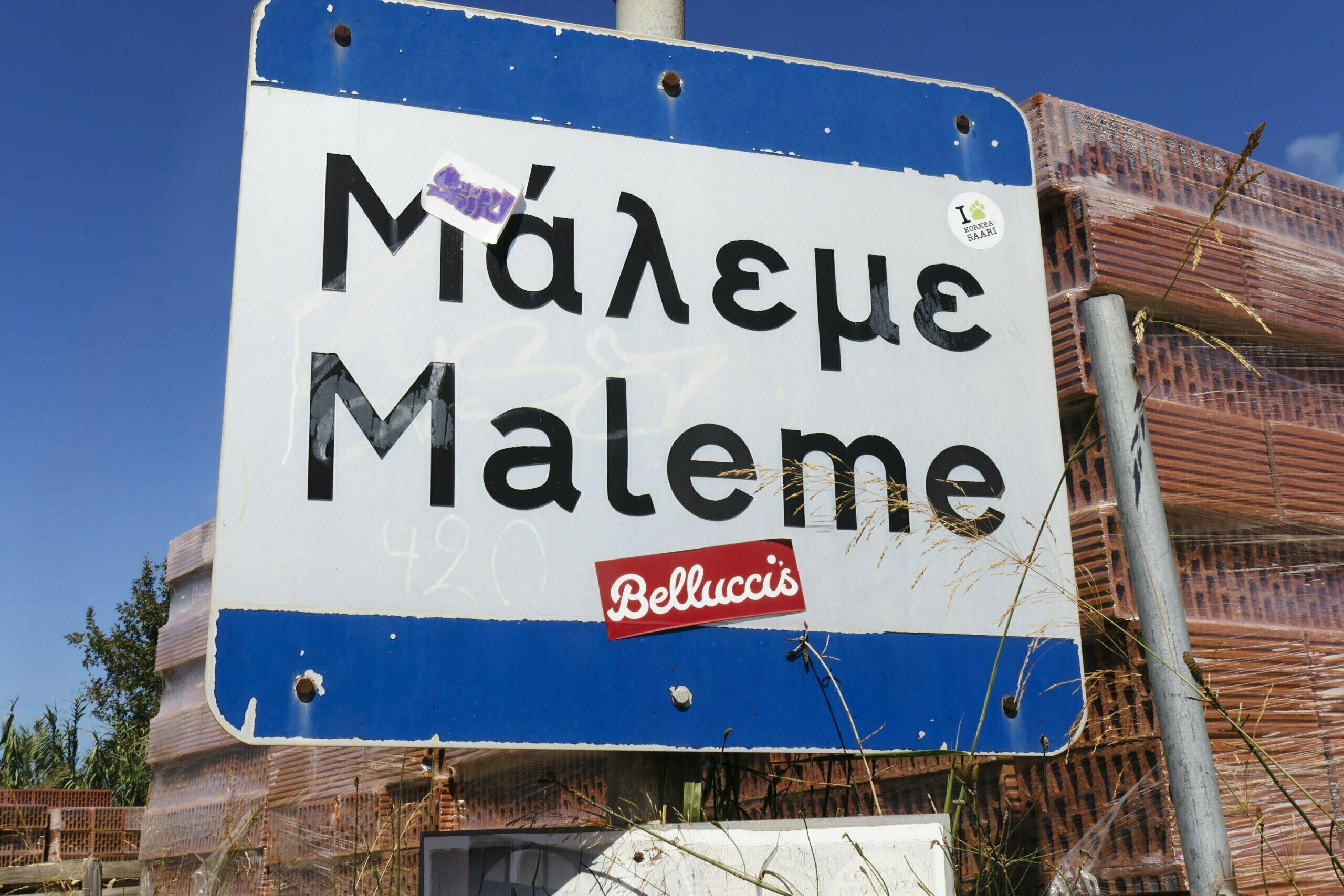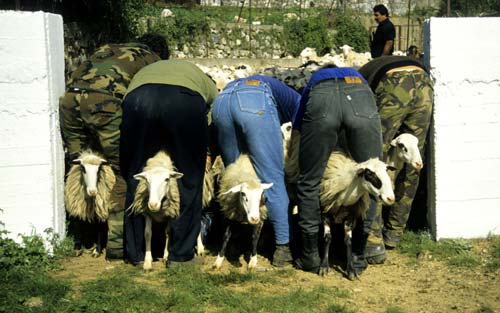The Enigmatic Allure of Maleme: A Journey Through Time and Beauty in Crete
Nestled along the northwestern coast of Crete, the village of Maleme is a tapestry of history, culture, and natural beauty. Far from being just another quaint village in Greece, Maleme is a place where the echoes of the past reverberate through the olive groves and the azure waters of the Mediterranean. This article aims to unravel the layers of history and attractions that make Maleme a must-visit destination for anyone intrigued by the rich tapestry of Crete.
Ancient Roots
The history of Maleme stretches back to ancient times, when Crete was a cradle of civilization. Although not as famous as Knossos or Phaistos, Maleme was an integral part of the Minoan civilization, which flourished around 2000 BCE. Archaeological findings, including pottery and inscriptions, suggest that the village was a minor trading hub during this period.
Byzantine and Venetian Eras
As the Minoan civilization waned, Maleme found itself under various rulers. During the Byzantine era, it became a centre for olive oil production, a legacy that continues today. The Venetians, who ruled Crete from 1204 to 1669, fortified Maleme and used it as a strategic outpost. Remnants of Venetian architecture can still be seen in the older parts of the village.
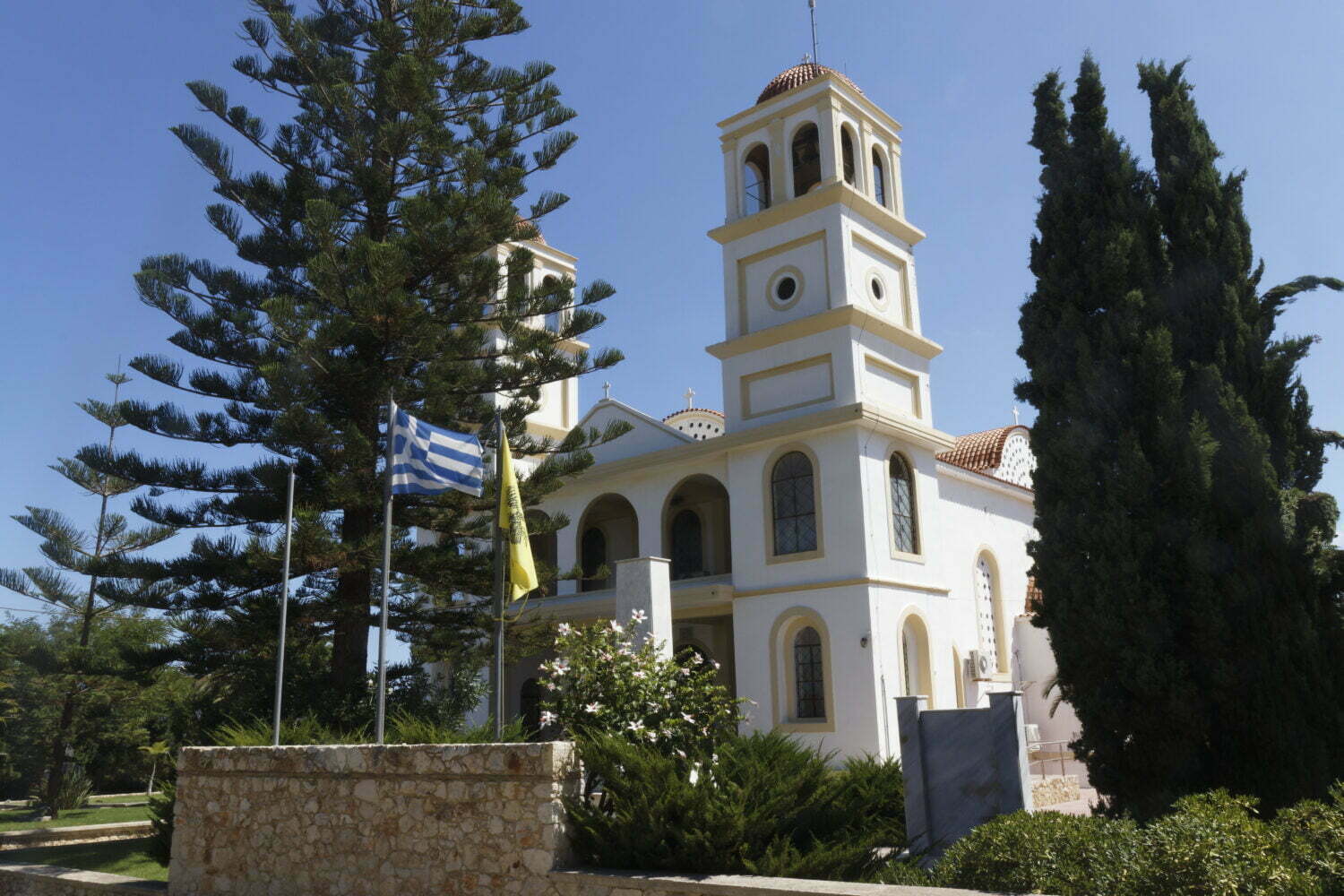
World War II and the Battle of Crete
Prelude to the Battle
Before delving into the events of that fateful day, it’s crucial to understand the strategic importance of Maleme and its airfield. Located just 16 kilometres west of Chania, the capital of Crete, Maleme Airfield was one of the island’s three main airstrips. Its capture was a primary objective in the German invasion plan, codenamed Operation Mercury. The Germans believed that securing the airfield would provide them with a vital foothold, allowing for the rapid deployment of reinforcements and supplies. They were right.
The Morning of May 20, 1941
As dawn broke on May 20, 1941, the residents of Maleme and the Allied troops stationed there knew that an invasion was imminent. However, nothing could have prepared them for the spectacle that unfolded. At around 8:00 a.m., the first wave of German paratroopers from the 7th Flieger Division began to descend from the skies. The Junkers Ju 52 transport planes, which had flown in formation over the Mediterranean, released their human cargo, and the sky was filled with a sea of billowing parachutes.
The Initial Resistance
The initial response from the Allied forces comprised mainly of New Zealanders from the 22nd Battalion, was fierce. Machine-gun fire erupted from defensive positions, targeting the descending paratroopers, many of whom were shot before they touched the ground. The local Cretan population, armed with whatever weapons they could find, including old rifles and farm tools, joined the defence. Despite their bravery and initial successes, the defenders were hampered by a lack of heavy artillery and coordinated leadership.
The Struggle for the Airfield
The German paratroopers were highly trained and motivated, and they quickly regrouped to focus on their primary objective: the airfield. A series of intense firefights broke out around key positions, including Hill 107, which overlooked the airfield. The Germans used the cover of olive groves to advance, and despite suffering heavy casualties, they managed to reach the airfield by late afternoon.
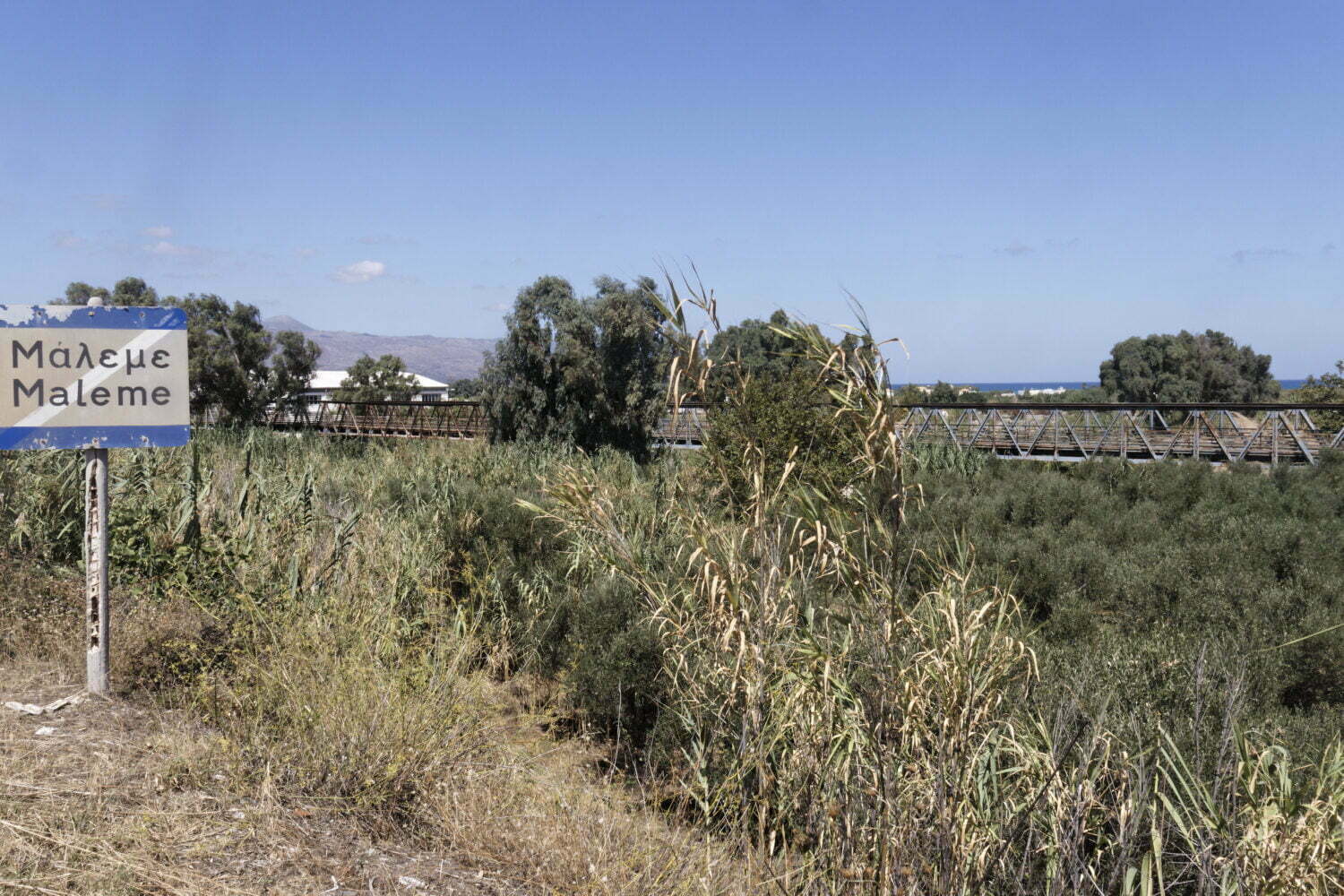
The Turning Point
The capture of Hill 107 was a significant turning point. It gave the Germans a vantage point to direct artillery fire on the remaining Allied positions around the airfield. The New Zealanders, low on ammunition and receiving little reinforcements, were forced to withdraw under the cover of darkness. This retreat, though tactical, had strategic implications—it left the airfield vulnerable.
Reinforcements and the Fall of Crete
With the airfield in their hands, the Germans wasted no time flying in reinforcements. Over the next few days, thousands of additional troops, heavy artillery, and tanks were airlifted onto the island. The capture of Maleme Airfield proved pivotal; the linchpin allowed the Germans to break the back of the Allied resistance and eventually take control of the entire island by the end of May.
The Human Cost
The Battle of Maleme was not just a clash of military strategies; it was a human drama of immense proportions. Both sides suffered heavy casualties. The German War Cemetery in Maleme is a sombre testament to the lives lost, as is the Allied War Cemetery in Souda. Still, it’s essential to remember that the local Cretan population also paid a heavy price during the battle and in the subsequent occupation.
The Legacy
The May 20, 1941, events left an indelible mark on Maleme and the collective memory of Crete. The battle is frequently commemorated, and its stories are passed down through generations. While the airfield is now peaceful, the echoes of that tumultuous day continue to reverberate, serving as a reminder of the courage, sacrifice, and the high human cost of war.
In summary, the Battle of Maleme was a pivotal episode in the larger Battle of Crete, setting the stage for the island’s eventual capture by German forces. The intense fighting, the bravery displayed by both the Allied troops and the local Cretan fighters, and the strategic mistakes that led to the airfield’s capture all combine to make this a complex and profoundly significant event in the annals of World War II.
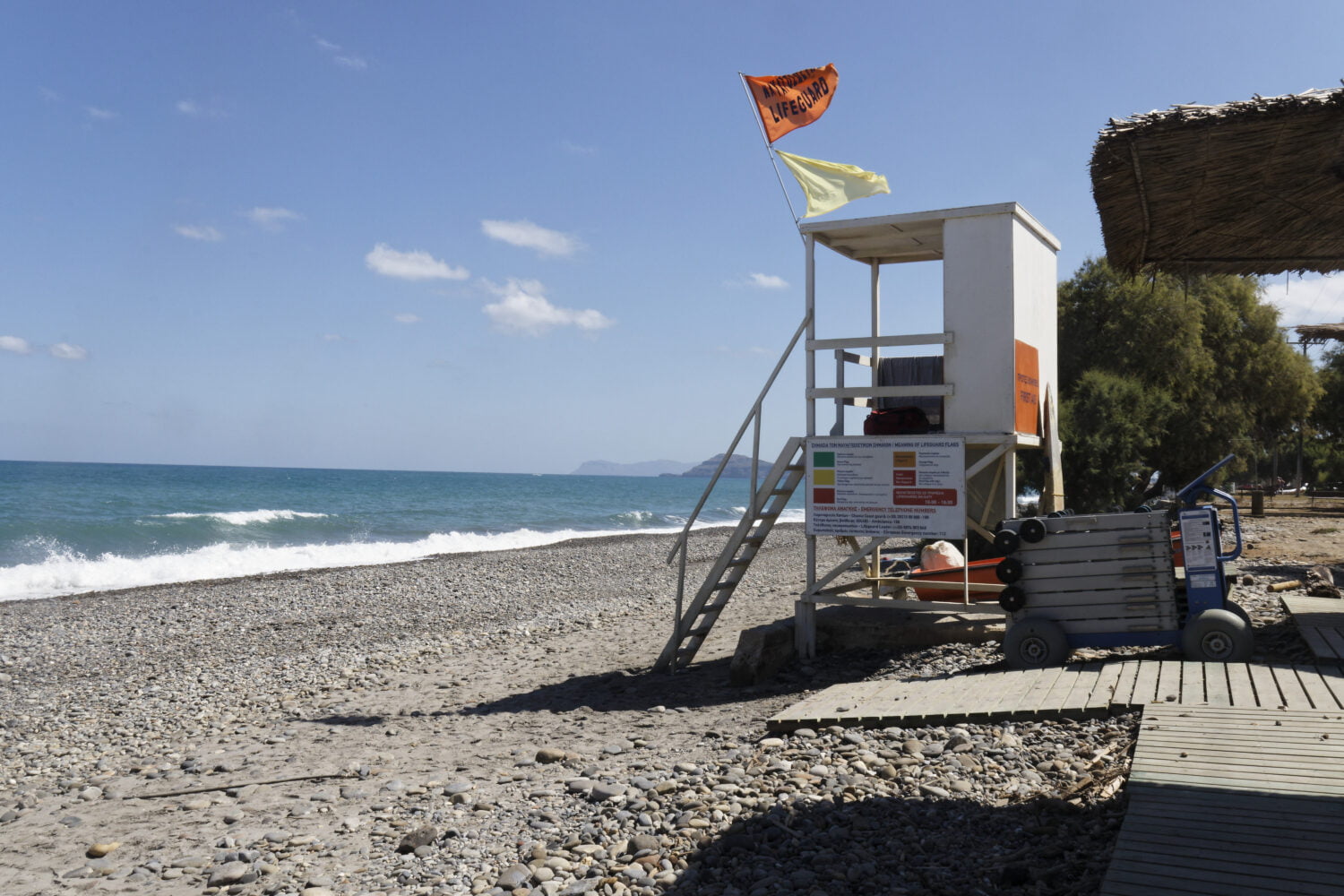
Modern Maleme
A Vibrant Community
In the years following World War II, Maleme has transformed into a vibrant community. The village has expanded, with modern amenities complementing its historical sites. The local economy is a mix of agriculture, primarily olive oil production, and tourism.
Tourism and Hospitality
Maleme has embraced its historical significance and natural beauty to become a tourist destination. Hotels, tavernas, and shops line the main road, offering a blend of traditional Cretan hospitality and modern comforts.
Natural Attractions
The Beaches
Maleme Beach is a long stretch of pebbly coastline that offers a tranquil escape from the hustle and bustle of life. The crystal-clear waters are ideal for swimming, snorkelling, and other water activities.
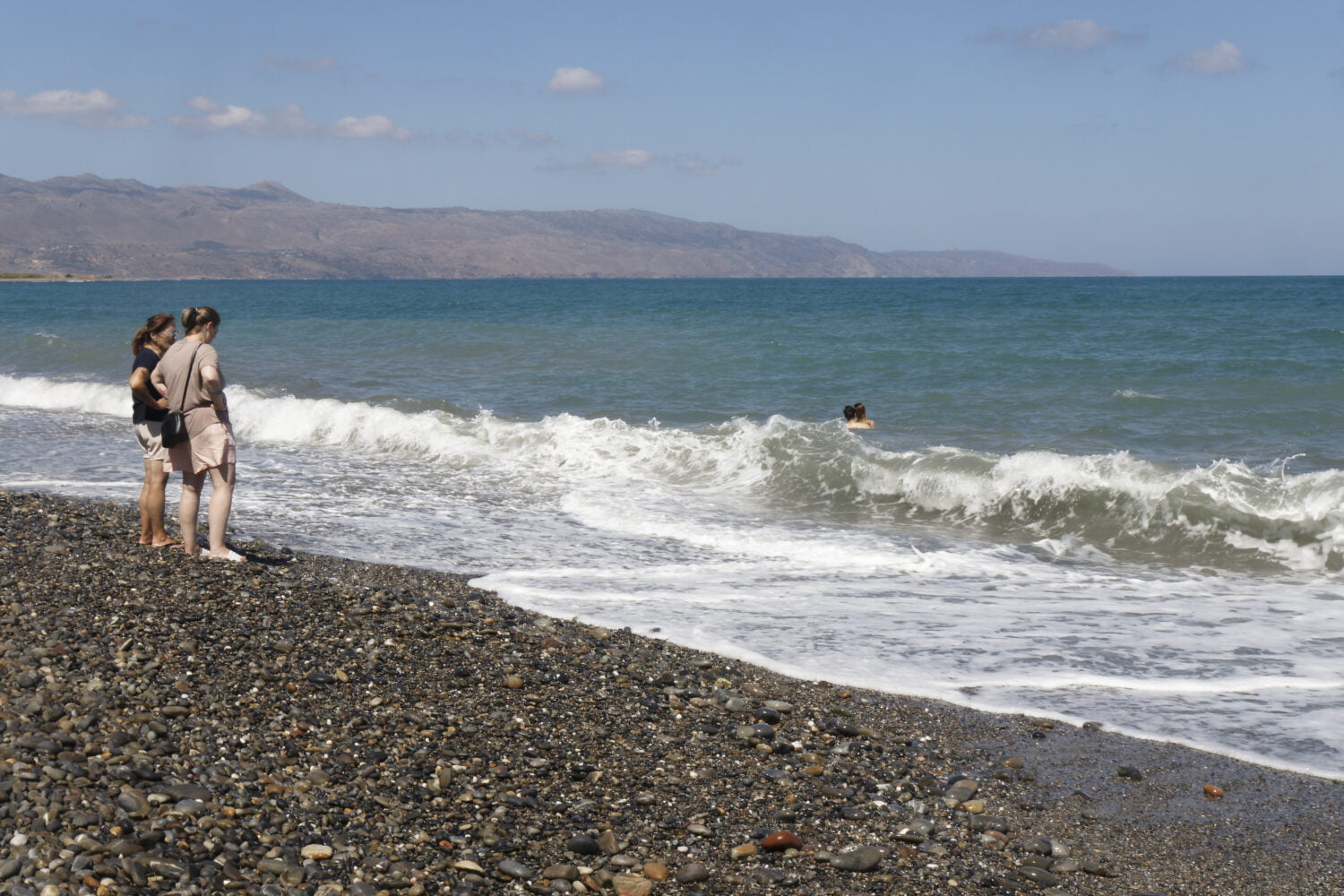
Olive Groves and Walking Trails
The hinterlands of Maleme are covered in olive groves, some of which are centuries old. Walking trails wind through these groves, offering a peaceful retreat into nature.
Cultural Heritage
Festivals and Events
Maleme is not just about its past; it’s a living, breathing community with festivals and events celebrating its rich culture. The annual Olive Festival is a highlight featuring music, dance, and, of course, olive oil tasting.
Culinary Delights
Cretan cuisine, known for its health benefits, is fully displayed in Maleme. Local tavernas serve various dishes, from moussaka to freshly caught seafood, all seasoned with the famed Cretan olive oil.

Conclusion
Maleme is a village where the past and present coexist in beautiful harmony. Its rich history, from ancient times to the pivotal Battle of Crete, offers a deep well of exploration for history buffs. Meanwhile, its natural attractions and vibrant community life make it a must-visit for anyone looking to experience the authentic Cretan lifestyle. Whether you’re a history enthusiast, a nature lover, or simply someone looking to unwind, Maleme has something to offer.
Ultimately, Maleme is not just a destination; it’s an experience, a journey through time and beauty that leaves an indelible mark on the soul. So, the next time you find yourself in Crete, carve out some time for this remarkable village. You won’t regret it.
Thank you for reading this comprehensive guide to Maleme. I hope it has inspired you to visit and explore this captivating village in Crete.
Table of Contents
Views: 50

